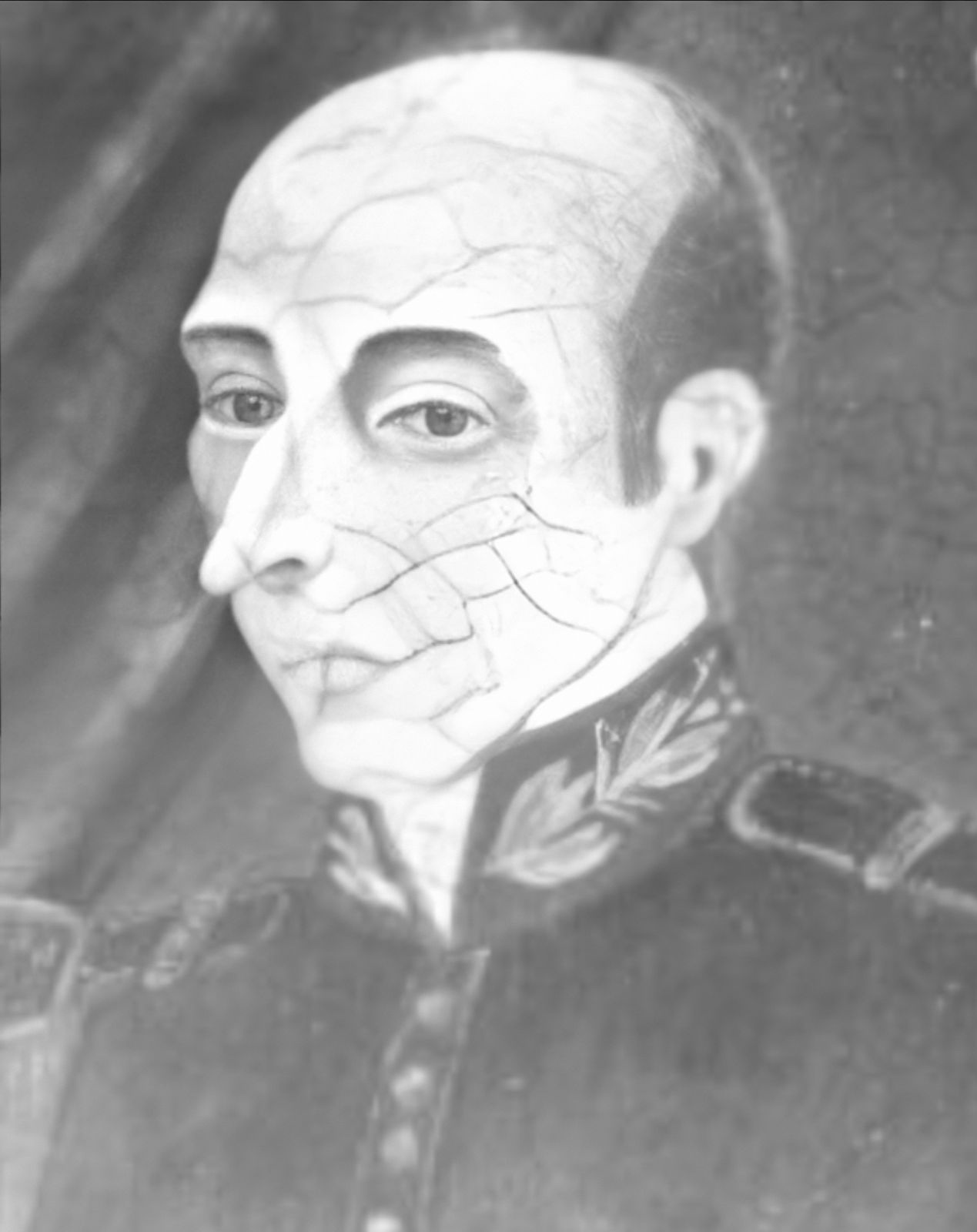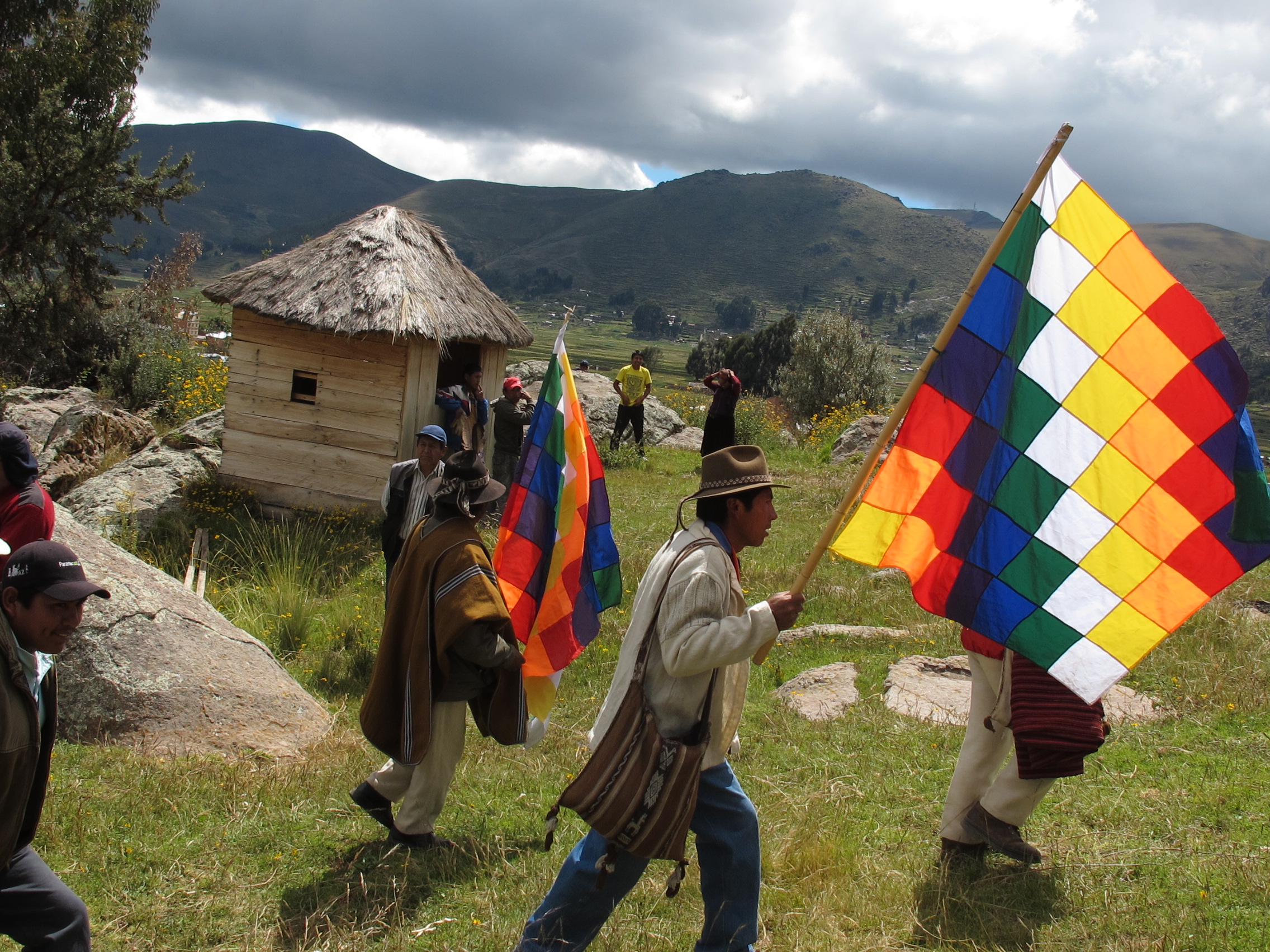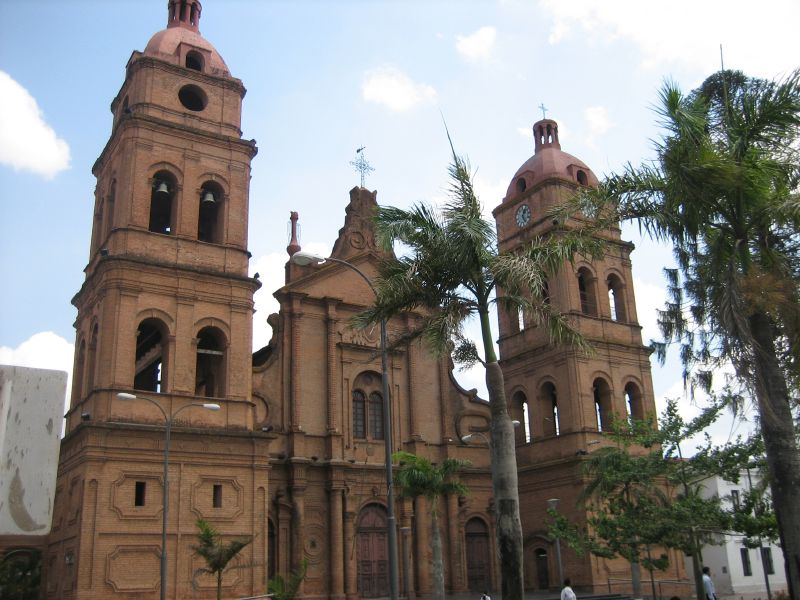|
Bolivia
, image_flag = Bandera de Bolivia (Estado).svg , flag_alt = Horizontal tricolor (red, yellow, and green from top to bottom) with the coat of arms of Bolivia in the center , flag_alt2 = 7 × 7 square patchwork with the (top left to bottom right) diagonals forming colored stripes (green, blue, purple, red, orange, yellow, white, green, blue, purple, red, orange, yellow, from top right to bottom left) , other_symbol = , other_symbol_type = Dual flag: , image_coat = Escudo de Bolivia.svg , national_anthem = " National Anthem of Bolivia" , image_map = BOL orthographic.svg , map_width = 220px , alt_map = , image_map2 = , alt_map2 = , map_caption = , capital = La Paz Sucre , largest_city = , official_languages = Spanish , languages_type = Co-official languages , languages ... [...More Info...] [...Related Items...] OR: [Wikipedia] [Google] [Baidu] |
Luis Arce
Luis Alberto Arce Catacora (; born 28 September 1963), often referred to as Lucho, is a Bolivian banker, economist, and politician serving as the 67th president of Bolivia since 2020. A member of the Movement for Socialism, he previously served as minister of finance—later minister of economy and public finance—from 2006 to 2017, and in 2019. Born in La Paz, Arce graduated as an economist at the University of Warwick. His lifelong career in banking and accounting at the Central Bank of Bolivia prompted President Evo Morales to appoint him as minister of finance in 2006. For over ten years as Morales' longest-serving minister, Arce was hailed as the architect behind Bolivia's economic transformation, overseeing the nationalization of the country's hydrocarbons industry, the rapid expansion of GDP, and the reduction of poverty. His tenure was only brought to an end by a diagnosis of kidney cancer, which forced him to leave office to seek extended treatment abroad. Upon his ... [...More Info...] [...Related Items...] OR: [Wikipedia] [Google] [Baidu] |
La Paz
La Paz (), officially known as Nuestra Señora de La Paz (Spanish pronunciation: ), is the seat of government of the Plurinational State of Bolivia. With an estimated 816,044 residents as of 2020, La Paz is the third-most populous city in Bolivia. Its metropolitan area, which is formed by La Paz, El Alto, Achocalla, Viacha, and Mecapaca makes up the second most populous urban area in Bolivia, with a population of 2.0 million, after Santa Cruz de la Sierra with a population of 2.3 million. It is also the capital of the La Paz Department. The city, in west-central Bolivia southeast of Lake Titicaca, is set in a canyon created by the Choqueyapu River. It is in a bowl-like depression, part of the Amazon basin, surrounded by the high mountains of the Altiplano. Overlooking the city is the towering, triple-peaked Illimani. Its peaks are always snow-covered and can be seen from many parts of the city. At an elevation of roughly above sea level, La Paz is the highest ... [...More Info...] [...Related Items...] OR: [Wikipedia] [Google] [Baidu] |
Vice President Of Bolivia
The vice president of Bolivia ( es, Vicepresidente de Bolivia), officially known as the vice president of the Plurinational State of Bolivia ( es, Vicepresidente del Estado Plurinacional de Bolivia), is the second highest political position in Bolivia. The vice president replaces the president in his definitive absence or others impediment and is the ''ex officio'' President of the Legislative Assembly. Thirty nine men have served as vice president of Bolivia since the office came into existence on 19 November 1826. José Ramón de Loayza was the first vice president of the Republic of Bolivia. The 38th vice president, Álvaro García Linera, was the last vice president of the Republic of Bolivia and the first vice president of the Plurinational State of Bolivia. The second and current vice president of the Plurnational State is David Choquehuanca ( since 8 November 2020). There are currently five living former vice presidents. The most recent former vice president to die was ... [...More Info...] [...Related Items...] OR: [Wikipedia] [Google] [Baidu] |
President Of Bolivia
The president of Bolivia ( es, Presidente de Bolivia), officially known as the president of the Plurinational State of Bolivia ( es, Presidente del Estado Plurinacional de Bolivia), is head of state and head of government of Bolivia and the captain general of the Armed Forces of Bolivia. According to the Bolivian Constitution, the president is elected by popular vote to a five-year term with no limit on the number of terms a president may serve. If no candidate wins a majority (defined as either more than 50%, or alternatively at least 40% and at least 10% more than the second-place candidate), the top two candidates advance to a runoff election. Luis Arce is the 67th and incumbent president of Bolivia. He assumed office on 8 November 2020. Constitutional history Establishment On 6 August 1825, the Republic of Bolivia declared its independence and proclaimed Simón Bolívar head of state. While it is certainly true that Bolívar was the official ruler of the country s ... [...More Info...] [...Related Items...] OR: [Wikipedia] [Google] [Baidu] |
Bolivians
Bolivians ( es, Bolivianos) are people identified with the country of Bolivia. This connection may be residential, legal, historical or cultural. For most Bolivians, several (or all) of these connections exist and are collectively the source of their being Bolivian. Bolivia is, as its neighboring countries, a multiethnic and multilingual society, home to people of various ethnic, religious, and national origins, with the majority of the population made up of indigenous and Old World immigrants and their descendants. As a result, Bolivians do not equate their nationality with ethnicity, but with citizenship and allegiance to Bolivia. Aside from the indigenous populations, Bolivians trace their ancestry to the Old World, primarily Europe and Africa, ever since the Spanish conquest of South America and founding of first Spanish settlements in the Viceroyalty of the Río de la Plata. Modern Bolivian population, estimated at 11 million is formally broken down into Amerindian ... [...More Info...] [...Related Items...] OR: [Wikipedia] [Google] [Baidu] |
Afro-Bolivians
Afro-Bolivians are Bolivian people of Sub-Saharan African heritage and therefore the descriptive "Afro-Bolivian" may refer to historical or cultural elements in Bolivia thought to emanate from their community. It can also refer to the combining of African and other cultural elements found in Bolivian society such as religion, music, language, the arts, and class culture. The Afro-Bolivians are recognized as one of the constituent ethnic groups of Bolivia by the country's government, and are ceremonially led by a king who traces his descent back to a line of monarchs that reigned in Africa during the medieval period. They numbered 432,000 according to the 2012 census. History of slavery in Bolivia In 1544, the Spanish Conquistadors discovered the silver mines in a city now called Potosí, which is on the base of Cerro Rico. They began to enslave the natives as workers in the mines. However, the health of the natives working in the mines became very poor, so the Spanish began to br ... [...More Info...] [...Related Items...] OR: [Wikipedia] [Google] [Baidu] |
Indigenous Peoples In Bolivia
Indigenous peoples in Bolivia, or Native Bolivians, are Bolivian people who are of indigenous ancestry. They constitute anywhere from 40 to 70% of Bolivia's population of 11,306,341, depending on different estimates, and belong to 36 recognized ethnic groups. Aymara and Quechua are the largest groups."Indigenous peoples in Bolivia." ''International Work Group for Indigenous Affairs.'' Retrieved 2 Dec 2013. The geography of Bolivia includes the , the , and the |
White Bolivians
White Bolivians or European Bolivians are Bolivian people whose ancestry lies within the continent of Europe, most notably Spain and Germany, and to a lesser extent, Italy and Croatia. Bolivian people of European ancestry mostly descend from people who arrived over the centuries from Spain, beginning five hundred years ago. European Bolivians are a minority ethnic group in Bolivia, accounting for 5% of the country's population. An additional 68% of the population is mestizo, having mixed European and indigenous ancestry. History Compared to the Indigenous population, considerably fewer white and mestizo Bolivians live in poverty. Conceptions of racial boundaries in Bolivia may be fluid and perceptions of race may be tied to socioeconomic status, with the possibility of a person achieving "whitening" via economic advancement. Differences in language, educational status, and employment status may also reinforce perceptions of what constitutes a person as "white", "mestizo", or "I ... [...More Info...] [...Related Items...] OR: [Wikipedia] [Google] [Baidu] |
Sucre
Sucre () is the capital of Bolivia, the capital of the Chuquisaca Department and the 6th most populated city in Bolivia. Located in the south-central part of the country, Sucre lies at an elevation of . This relatively high altitude gives the city a subtropical highland climate with cool temperatures year-round. Its pre-Columbian name was Chuquisaca; during the Spanish Empire it was called La Plata. Before the arrival of the Spanish, the city of Chuquisaca had its own autonomy with respect to the Inca Empire (the Charcas were the only people that did not pay the ransom for the Inca captive). Today, the region is of predominantly Quechua background, with some Aymara communities and influences. Today Sucre remains a city of major national importance and is an educational and government center, being the location of the Bolivian Supreme Court. Its pleasant climate and low crime rates have made the city popular amongst foreigners and Bolivians alike. Notably, Sucre contains on ... [...More Info...] [...Related Items...] OR: [Wikipedia] [Google] [Baidu] |
Religion In Bolivia
Christianity is the largest religion in Bolivia, with Roman Catholicism being the largest denomination. While a vast majority of Bolivians are Catholic Christians, a much smaller portion of the population participates actively. In the decades following the Second Vatican Council (1962–65), the Church tried to make religion a more active force in social life. Statistics A 2018 survey for Latinobarometro returned these results: Other reviews of the population vary from these specific results. Religious freedom The constitution of Bolivia establishes the freedom of religion and a separation between church and state. The constitution further prohibits discrimination along religious lines.International Religious Freedom Report 2017 § Bolivia', US Department of State, Bureau of Democracy, Human Rights, and Labor. Religious organizations are required to register with the Ministry of Foreign Affairs, with the exception of the Catholic Church, whose registration is waived due to ... [...More Info...] [...Related Items...] OR: [Wikipedia] [Google] [Baidu] |
Santa Cruz De La Sierra
Santa Cruz de la Sierra (; "Holy Cross of the Mountain Range"), commonly known as Santa Cruz, is the largest city in Bolivia and the capital of the Santa Cruz department. Situated on the Pirai River in the eastern Tropical Lowlands of Bolivia, the Santa Cruz de la Sierra Metropolitan Region is the most populous urban agglomeration in Bolivia with an estimated of 2.4 million population in 2020, it is formed by a conurbation of seven Santa Cruz municipalities: Santa Cruz de la Sierra, La Guardia, Warnes, Cotoca, El Torno, Porongo, and Montero. The city was first founded in 1561 by Spanish explorer Ñuflo de Chavez about east of its current location, and was moved several times until it was finally established on the Pirai River in the late 16th century. For much of its history, Santa Cruz was mostly a small outpost town, and even after Bolivia gained its independence in 1825 there was little attention from the authorities or the population in general to settle the region. ... [...More Info...] [...Related Items...] OR: [Wikipedia] [Google] [Baidu] |
Quechuan Languages
Quechua (, ; ), usually called ("people's language") in Quechuan languages, is an indigenous language family spoken by the Quechua peoples, primarily living in the Peruvian Andes. Derived from a common ancestral language, it is the most widely spoken pre-Columbian language family of the Americas, with an estimated 8–10 million speakers as of 2004.Adelaar 2004, pp. 167–168, 255. Approximately 25% (7.7 million) of Peruvians speak a Quechuan language. It is perhaps most widely known for being the main language family of the Inca Empire. The Spanish encouraged its use until the Peruvian struggle for independence of the 1780s. As a result, Quechua variants are still widely spoken today, being the co-official language of many regions and the second most spoken language family in Peru. History Quechua had already expanded across wide ranges of the central Andes long before the expansion of the Inca Empire. The Inca were one among many peoples in present-day Peru who already spo ... [...More Info...] [...Related Items...] OR: [Wikipedia] [Google] [Baidu] |






.jpg)


.png)